The environmental movement has a troubled past. The historical defenders of nature in this country, such as Madison Grant and Henry Fairfield Osborn, espoused conservation at the same time they espoused white supremacy. Early conservationists such as John Muir and Teddy Roosevelt said and wrote horrible things about Black and brown people.
It’s a shame, since Black and brown communities often suffer the worst impacts from environmental damage due to systemic racism. However, Black people have not stayed on the sidelines when it comes to the historical conservation movement. We’ll honor just a few of their names here.
Solomon Brown
1829-1906
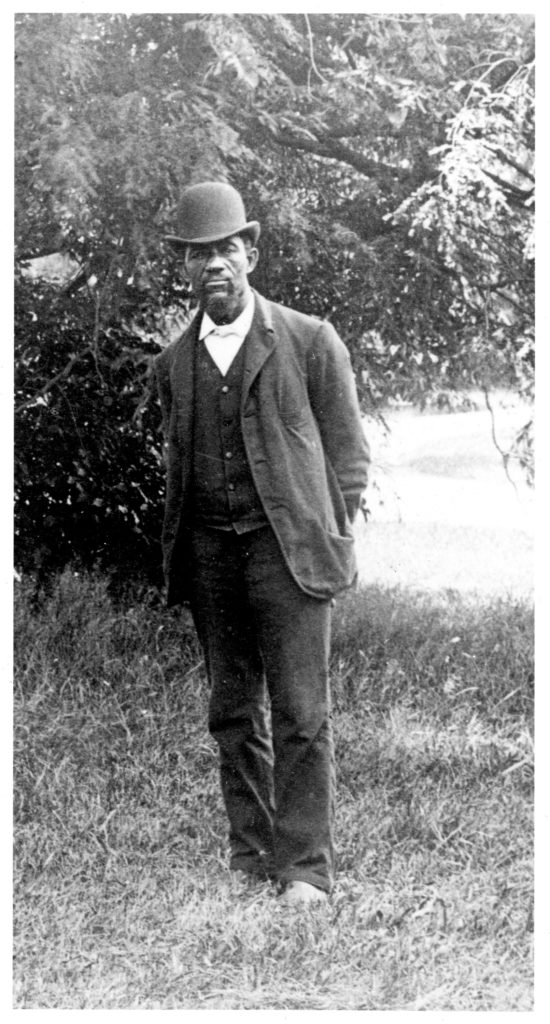
Solomon Brown was the first African-American employee of the Smithsonian Institution. He served under three Smithsonian secretaries. He rose in the ranks despite a lack of formal education, writing letters that help document the experience of a free Black man during the Civil War. He educated himself on natural history and was the source of many illustrated maps and specimens, giving talks such as “The Social Habits of Insects.” He also wrote poetry and is remembered to this day on the grounds of the National Museum of Natural History in Washington, D.C., where several trees have been planted in his honor.
George Washington Carver
1864-1943

Born a slave, George Washington Carver became an important scientist and perhaps one of America’s most famous Black men at the time. As an agricultural researcher, he is mostly known today for promoting the ubiquitous peanut, which helped replenish the soil in the impoverished south. But he knew about a lot more than just the peanut.
He was a leader in educating farmers about crop rotation and yield. He understood what few others at the time did: the basic interconnectedness between the health of the land and people. He supported many of the concepts of modern environmentalism believing that we must take care of the earth and all its inhabitants. In his master’s thesis, dated 1894, he wrote that “man must take the initiative in using nature to provide sustainable food systems that will help to alleviate hunger, encourage local participation and activism, and to safeguard and control our local food and water systems.”
Captain Charles Young
1864-1922
Charles Young was born to parents who escaped enslavement and shortly after, his father joined the U.S. Colored Heavy Artillery in 1865, at the end of the Civil War. His family moved from Kentucky to Ohio, where he spent the rest of his childhood. Young did exceptionally well in school, which led his father to encourage him to apply to West Point. He was only the third African-American to graduate from that institution. Despite racial animosity, he excelled in his career and was promoted multiple times, receiving the rank of Captain.
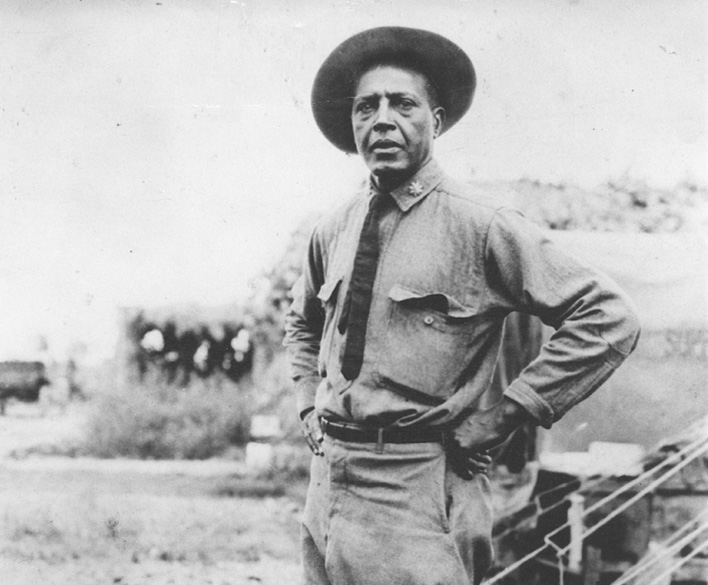
In 1903, he became the first Black national park superintendent when he and his troops were asked to manage what’s now Sequoia National Park in northern California. It was not uncommon for the U.S. Army to try to protect the national parks in those early years. Young and his troops enlisted local townsfolk to help, constructing roads and stopping poaching, illegal logging and sheep grazing. He wrote: "Indeed, a journey through this park and the Sierra Forest Reserve to the Mount Whitney country will convince even the least thoughtful man of the needfulness of preserving these mountains just as they are, with their clothing of trees, shrubs, rocks, and vines, and of their importance to the valleys below as reservoirs for storage of water for agricultural and domestic purposes.”
MaVynee Betsch
"The Beach Lady"
1935-2005

The great-granddaughter of Florida’s first Black millionaire, A.L. Lewis, gave up a career in the opera to preserve the environment. She was devoted to an African-American beach known as American Beach on Amelia island, Florida, that A.L. Lewis had created during the Jim Crow era to provide a respite for Blacks who weren’t allowed on other beaches. Betsch would have known these indignities personally.
Although she traveled to Germany and France to perform on stage, she gave up that career to return to her home in Florida, ultimately giving away her sizable inheritance to environmental causes. Later, she gave tours to schoolchildren to educate them on American Beach.
According to an article in Smithsonian magazine when she was still alive, “Her hair, coiffed into a wheel over her head, cascades in graying dreadlocks down her back and past her ankles. Her hair and clothes are festooned with political buttons, unfailingly radical and generally funny, most expressing her commitment to social and racial justice, ecological causes and vegetarianism.”
Heidi Tyline King and Ekua Holmes are publishing a beautiful children's book about Betsch's life, which will be released this April.
Wangari Maathai
1940-2011
Dr. Wangari Maathai was a Kenyan scholar and an internationally recognize environmental and human rights activist. In 1977, She founded the Green Belt Movement which introduced the idea of planting trees to help conserve the environment. However, the Green Belt Movement does more than plant trees; they work with local communities to hire women's groups to plant the trees in an effort to not only improve the local environment but improve the lives of the people living in it. This holistic approach to this sustainability project has led Green Belt Movement to be incredibly successful having planted over 51 million trees to date.
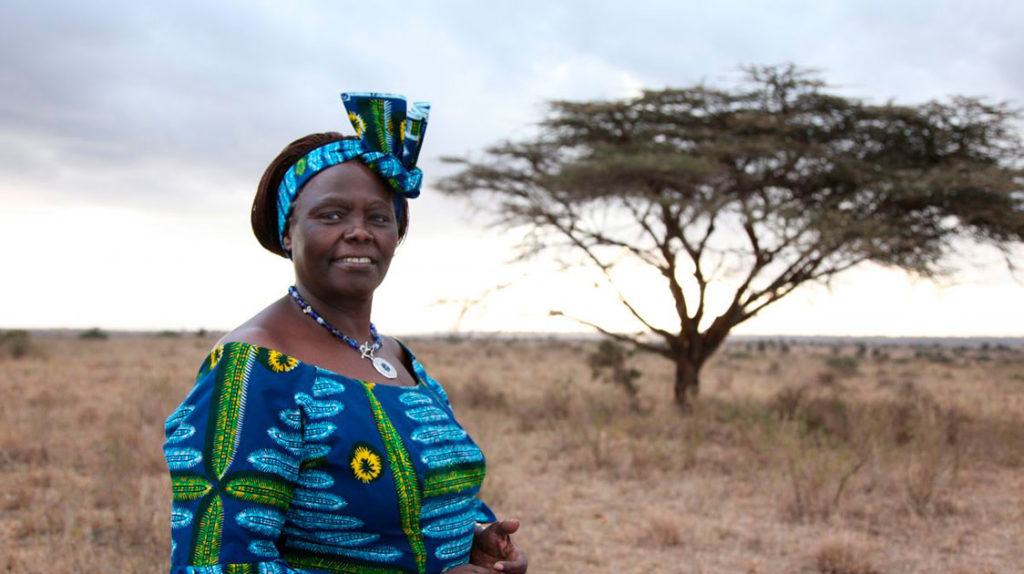
Wangari Maathai achieved more 'firsts' in her lifetime than most could ever hope for including being the first African Woman to receive the Nobel Peace Prize in 2004, the first person to receive the Nobel Peace prize in the name of environmental efforts, as well as being the first woman from East and Central Africa to receive a doctorate. In 2002, she was elected to the Kenyan parliament with 98% of the vote and served as the Assistant Minister for Environment, Natural Resources and Wildlife.
John Francis
“The Planetwalker”
1946-
After witnessing an oil spill in San Francisco Bay, Dr. John Francis chose to travel the United States for 22 years without the use of motorized vehicles to raise awareness for the needs of our environment. He spent most of that time walking and also spent 17 years not speaking and cultivating his listening skills. Through it all, he earned a Ph.D. in land resources from the University of Wisconsin at Madison.
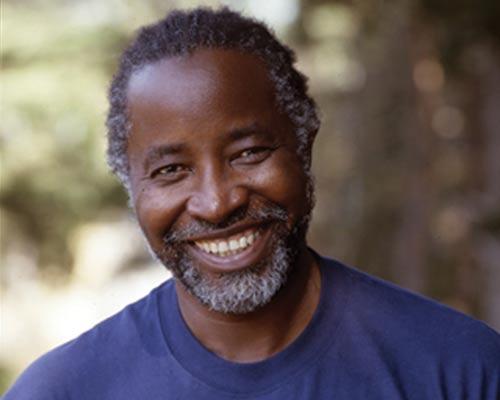
He believes the way we treat each other is a mechanism for how we treat the Earth. John Francis became National Geographic Society’s first Education Fellow in 2010. He is the program director for Planetwalk, a nonprofit environmental awareness organization. He aims to educate people about the physical environment as well as the human one. For more about his life, check out his TED Talk.
Rue Mapp
1971-
Rue Mapp grew up in Northern California spending most of her time outside with her family kayaking, hiking, enjoying the water, and doing generally anything you can imagine a child doing when their family lives on a ranch with a lake. As she grew older, she realized how unique her upbringing was compared to other Black Americans and became inspired to change this.
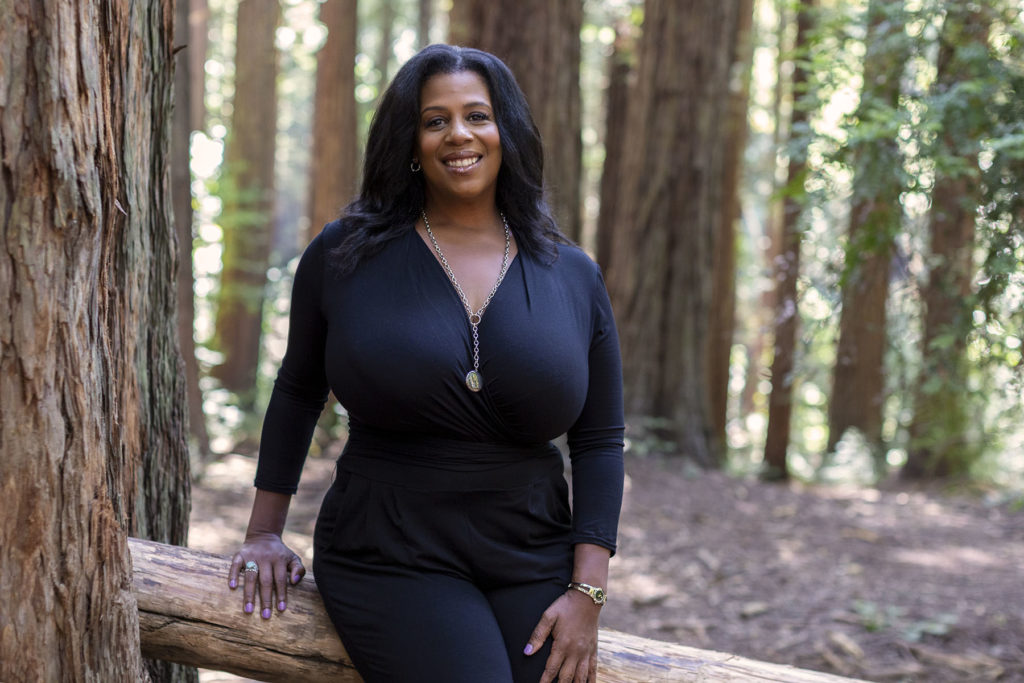
In 2009, Mapp started a blog dedicated to connecting Black Americans to the outdoors. This blog quickly turned into a non-profit that is now operating nationally as Outdoor Afro. The organization focuses on three key areas: Connecting Black People to the Outdoors, Reimagining Blackness in the Outdoors and Protecting the Outdoors.
By organizing meet-up events, advocating for policy and funding changes, and amplifying the voices of Black individuals in the outdoors space, Outdoor Afro continues to work hard to create a world that welcomes Black people to the outdoors in a safe and equitable manner. Outdoor Afro now has nearly 90 volunteers representing 30 states and has a board with representatives from some of the largest names in outdoor recreation including the Sierra Club and National Wildlife Federation.
There is so much more to learn about Black history in the environmental space and we could not be more grateful for the countless Black leaders in this movement. This Black History Month, and every month, we honor these leaders and will do our part to amplify their voices and their impact to ensure that history is recorded accurately.
This blog was written in part by Naomi Snyder, an Urban Green Lab volunteer, and edited by Nicole Brose. We are grateful for Naomi's time and contribution.